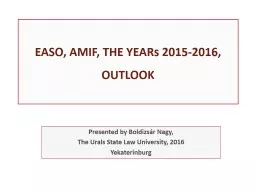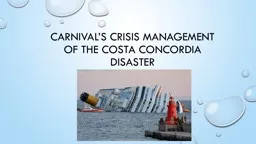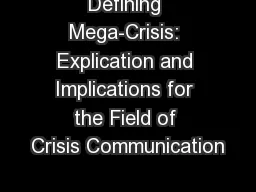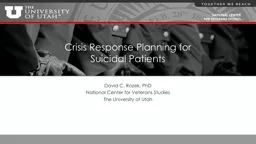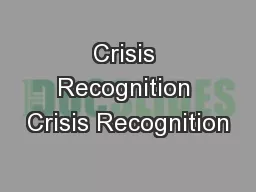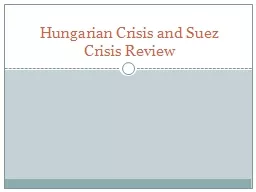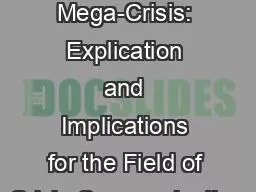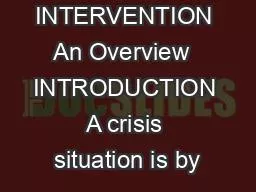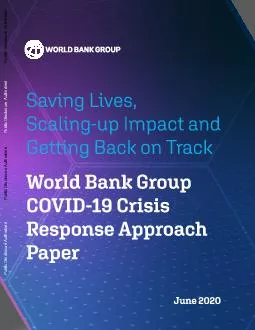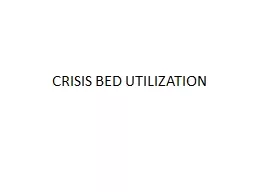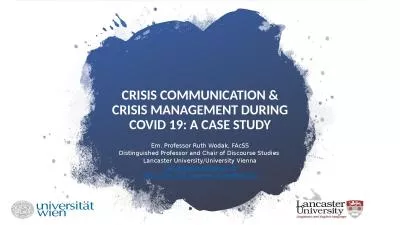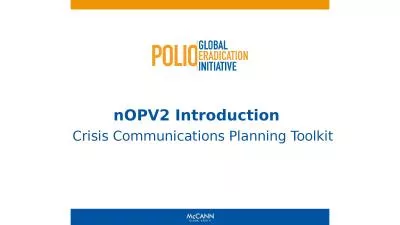PPT-CRISIS OR NOT? ADEQUATE RESPONSE OR NOT? THE EU IN 2015-201
Author : lois-ondreau | Published Date : 2017-07-23
Boldizsár Nagys presentation at the Expert Meeting on Border and Migration Management in Emergency Situations Budapest 23 March 2017 Motto No 1 UNHCRs record
Presentation Embed Code
Download Presentation
Download Presentation The PPT/PDF document "CRISIS OR NOT? ADEQUATE RESPONSE OR NOT?..." is the property of its rightful owner. Permission is granted to download and print the materials on this website for personal, non-commercial use only, and to display it on your personal computer provided you do not modify the materials and that you retain all copyright notices contained in the materials. By downloading content from our website, you accept the terms of this agreement.
CRISIS OR NOT? ADEQUATE RESPONSE OR NOT? THE EU IN 2015-201: Transcript
Download Rules Of Document
"CRISIS OR NOT? ADEQUATE RESPONSE OR NOT? THE EU IN 2015-201"The content belongs to its owner. You may download and print it for personal use, without modification, and keep all copyright notices. By downloading, you agree to these terms.
Related Documents

